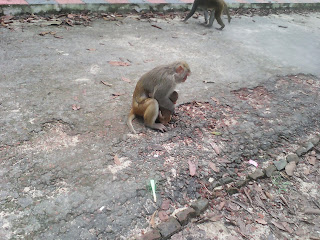Trade
Trade is the transfer of ownership of goods and services from one person or entity to another. Trade is sometimes loosely called commerce or financial transaction or barter .A network that allows trade is called a market.The original form of trade was barter, the direct exchange of goods and services. Later one side of the barter were the metals, precious metals (poles, coins), bill, paper money Modern traders instead generally negotiate through a medium of exchange, such as money. As a result, buying can be separated from selling, or earning.
The invention of money (and later credit, paper money and non-physical money) greatly simplified and promoted trade. Trade between two traders is called bilateral trade,
while trade between more than two traders is called multilateral trade.
Principle and characteristics of trade
• Trade exists for man due to specialization and division of labor, most people concentrate on a small aspect of production, trading for other products. Trade exists between regions because different regions have a comparative advantage in the production of some tradable commodity, or because different regions' size allows for the benefits of mass production. As such, trade at market prices between locations benefits both locations. between locations benefits both locations.
• Retail trade consists of the sale of goods or merchandise from a very fixed location, such as a department store, boutique or kiosk, or by mail, in small or individual lots for direct consumption by the purchaser. Wholesale trade is defined as the sale of goods or
merchandise to retailers, to industrial, commercial, institutional, or other professional business users, or to other wholesalers and related subordinated services.
• Trading can also refer to the action performed by traders and other market agents in the financial markets.
Commerce
While business refers to the value-creating activities of an organization for profit, commerce means the whole system of an economy that constitutes an environment for business. The system includes legal, economic, political, social, cultural, and technological systems that
are in operation in any country . Thus, commerce is a are in operation in any country . Thus, commerce is a system or an environment that affects the business prospects of an economy or a nation-state. We can also define it as a second component of business which includes all activities, functions and institutions involved in transferring goods from producers to consumers.
are in operation in any country . Thus, commerce is a are in operation in any country . Thus, commerce is a system or an environment that affects the business prospects of an economy or a nation-state. We can also define it as a second component of business which includes all activities, functions and institutions involved in transferring goods from producers to consumers.


.jpg)
.jpg)

.jpg)









.jpg)



.jpg)

